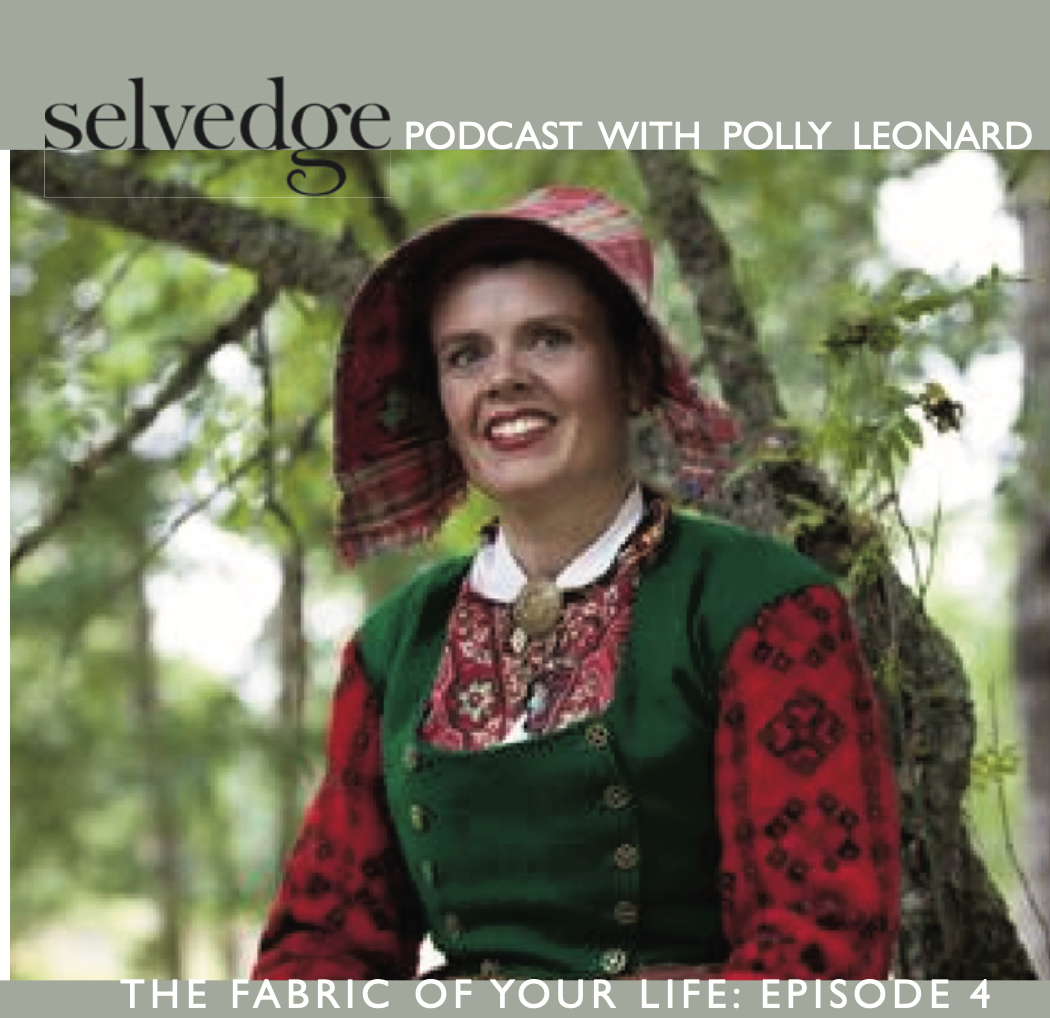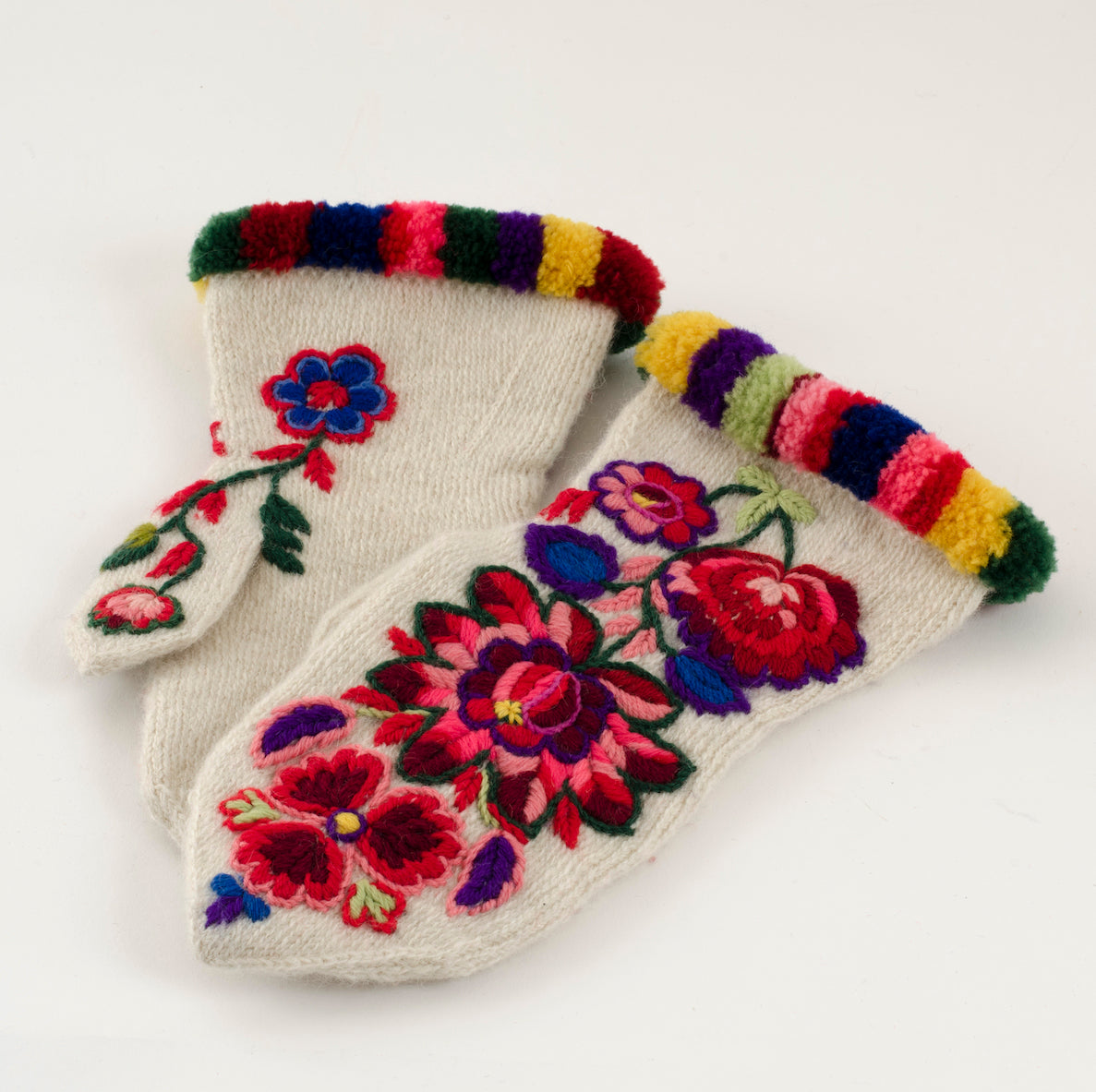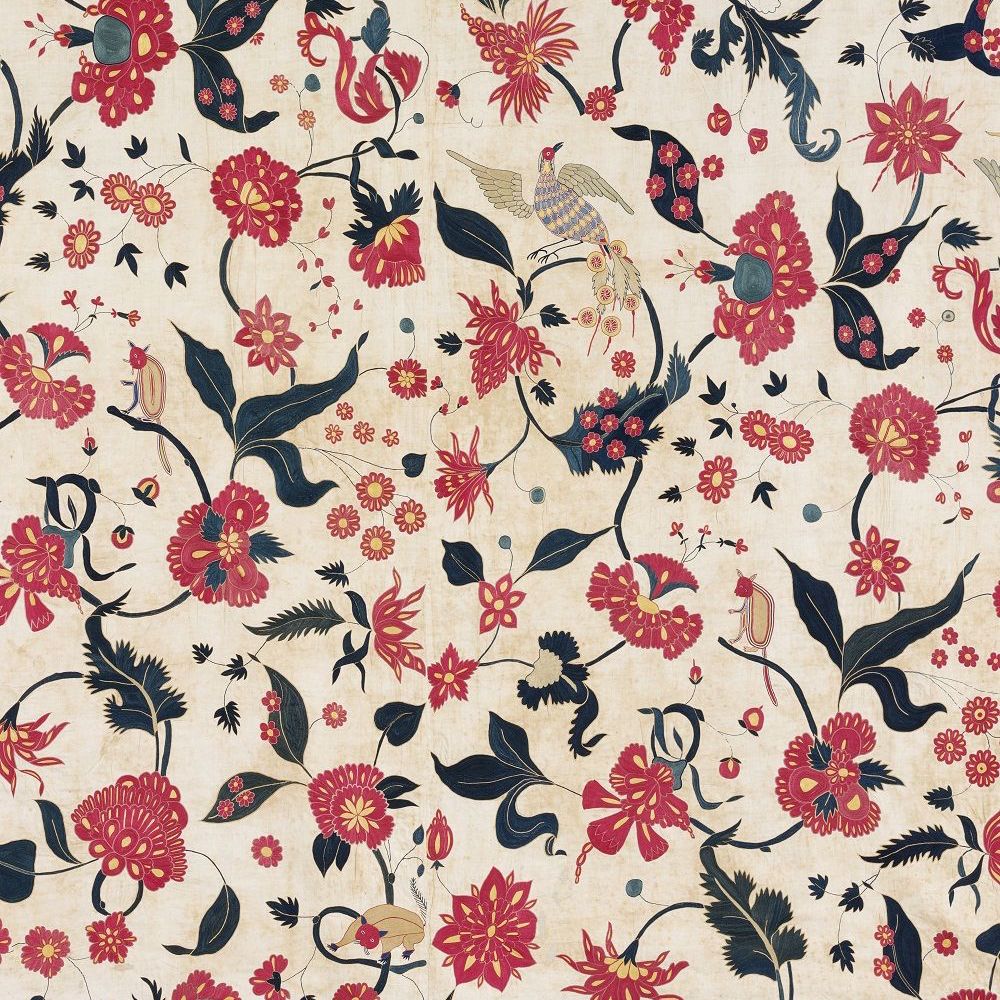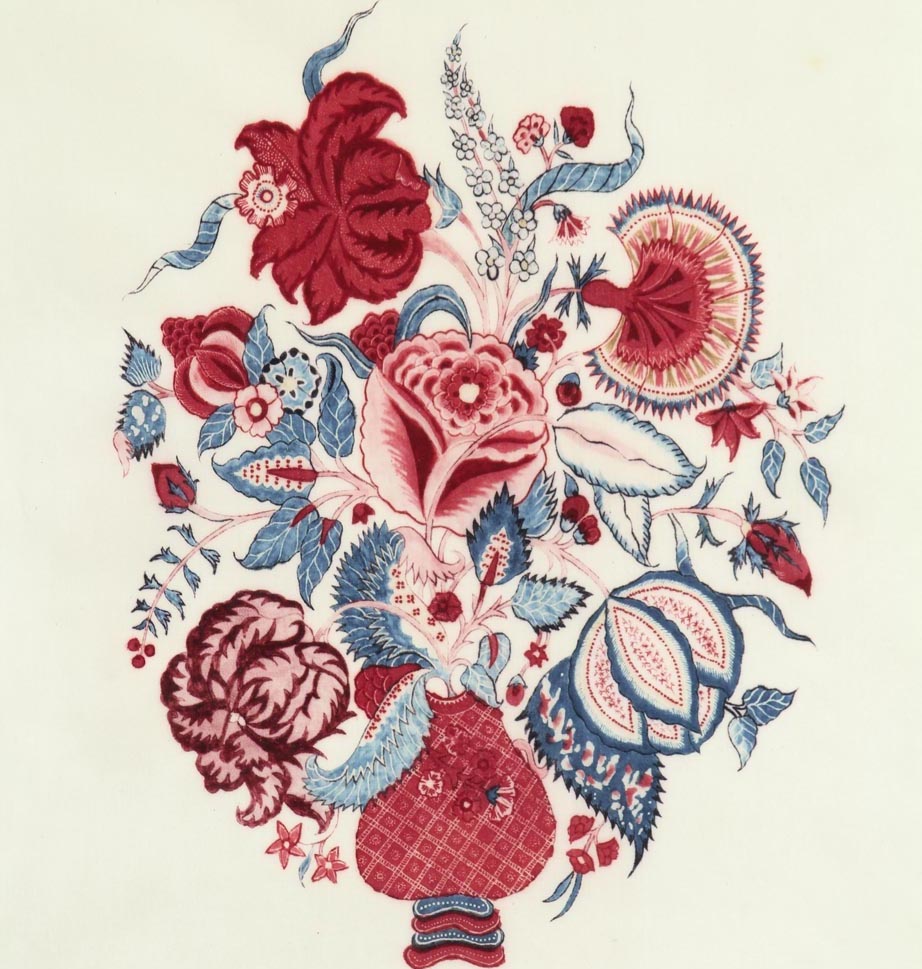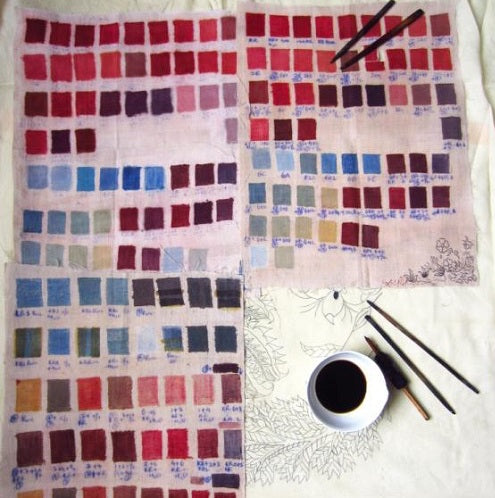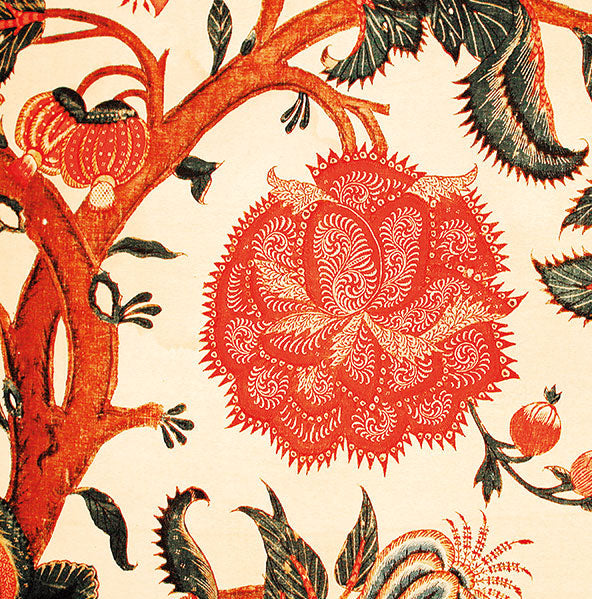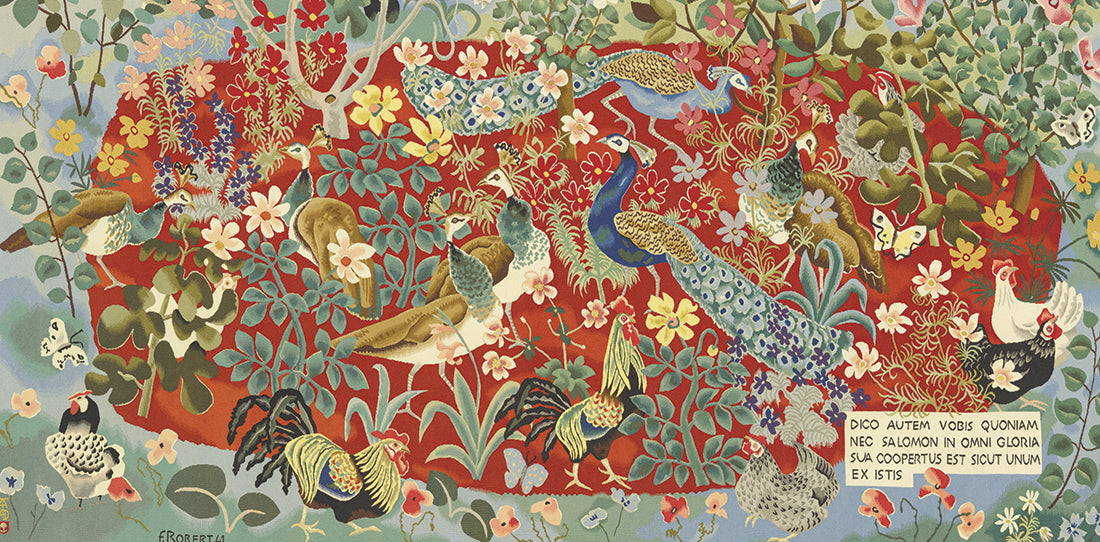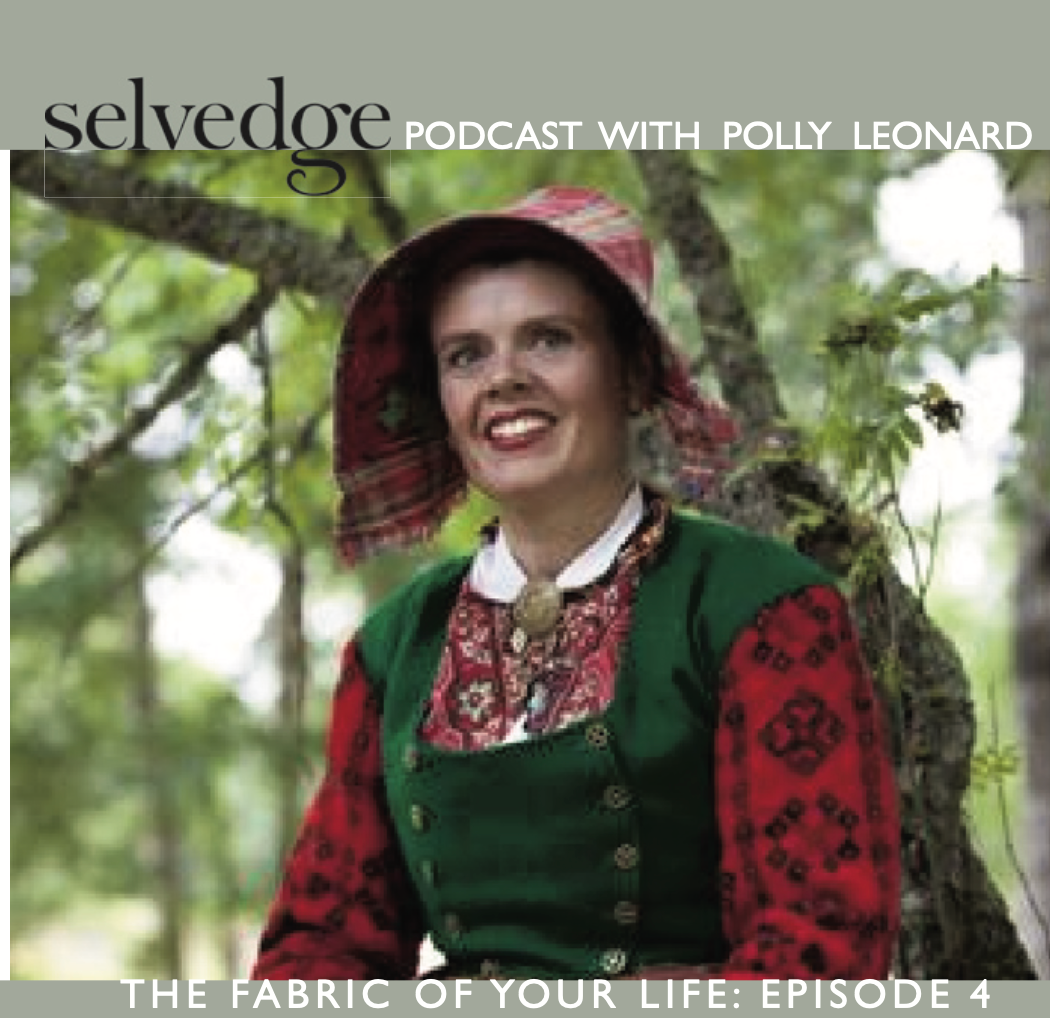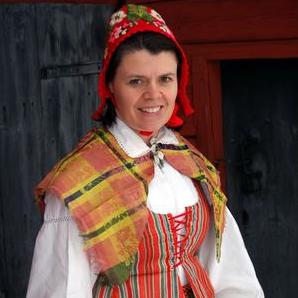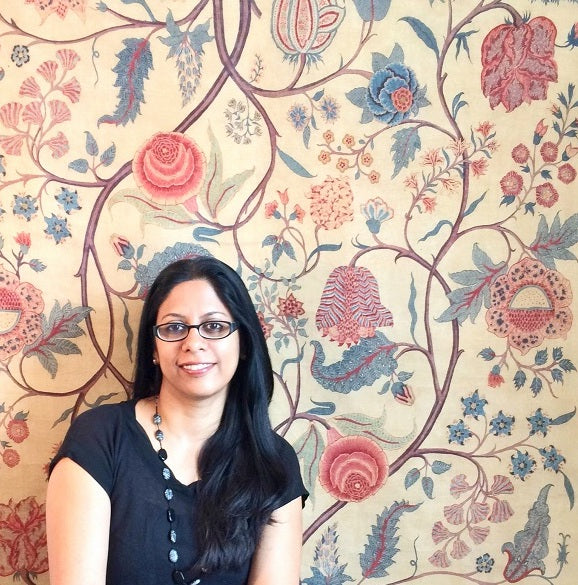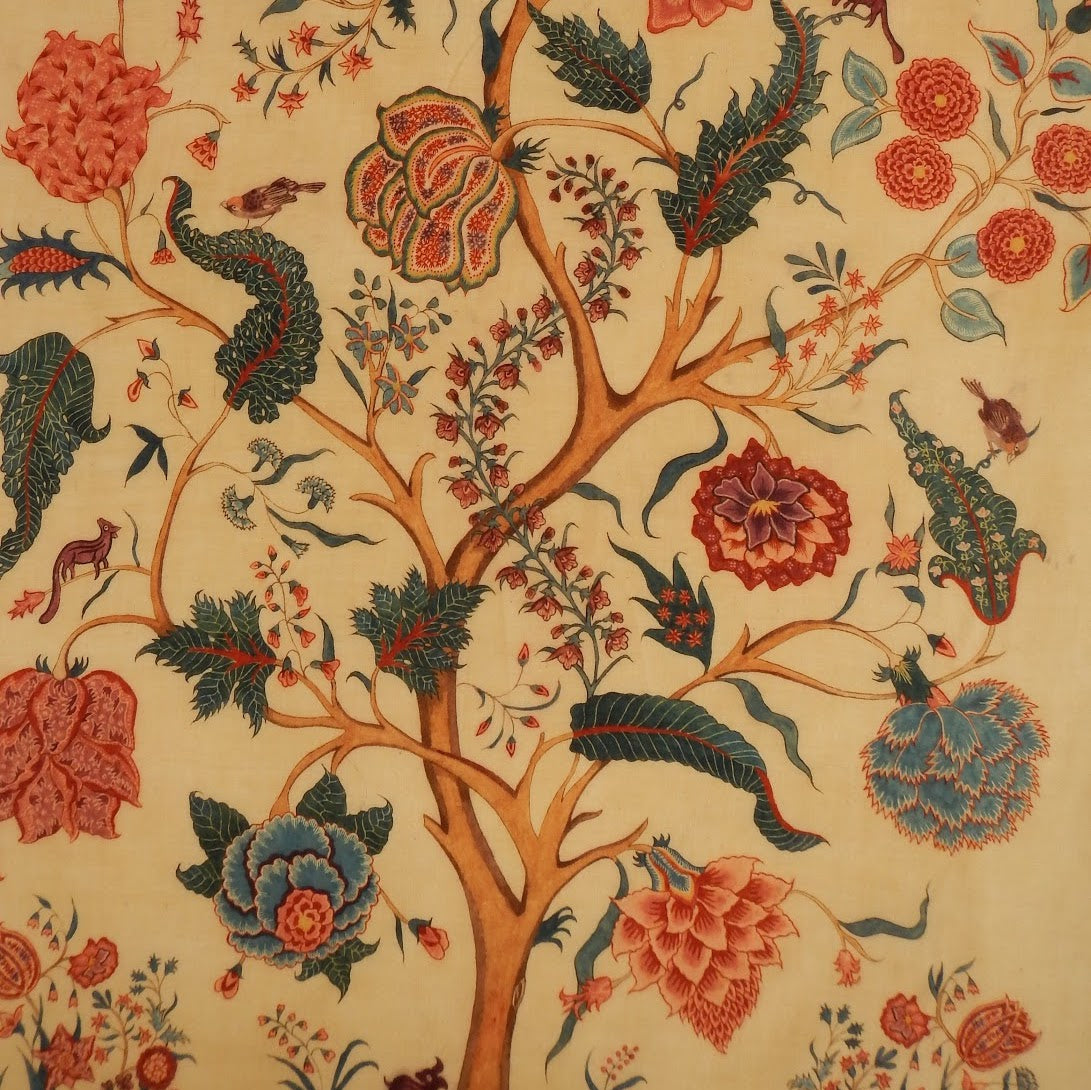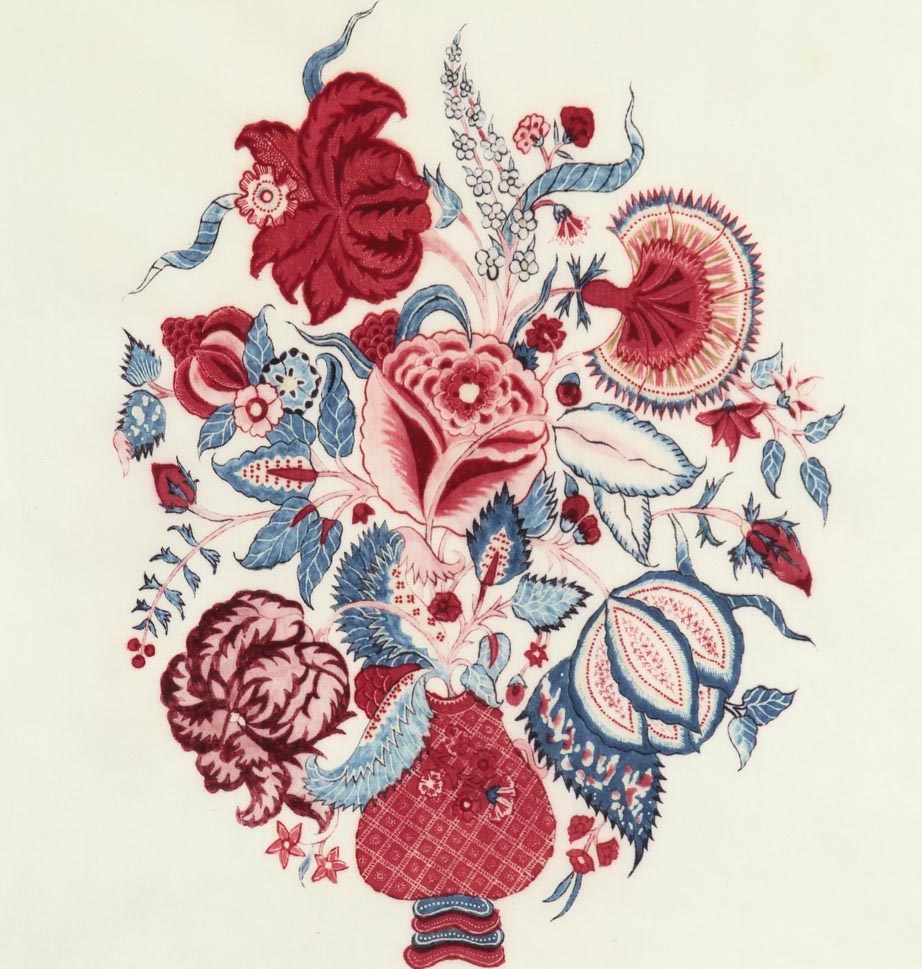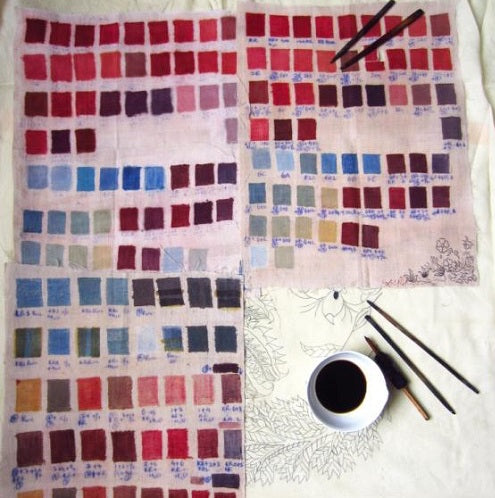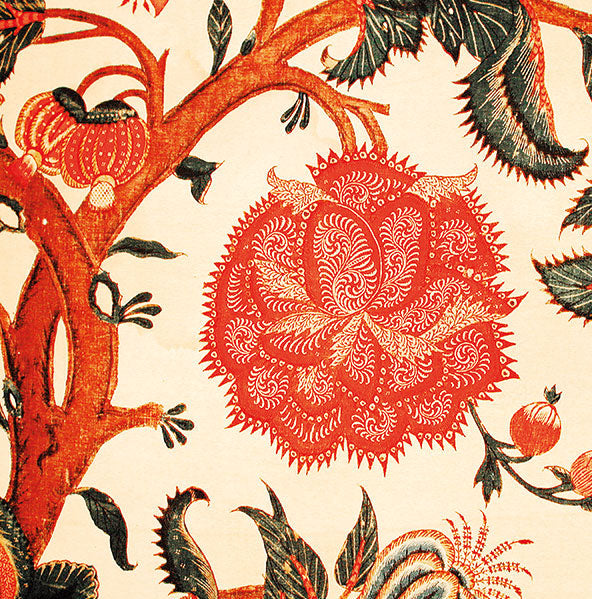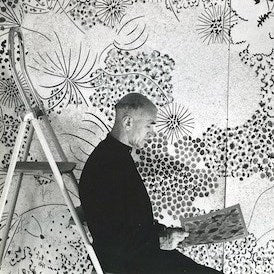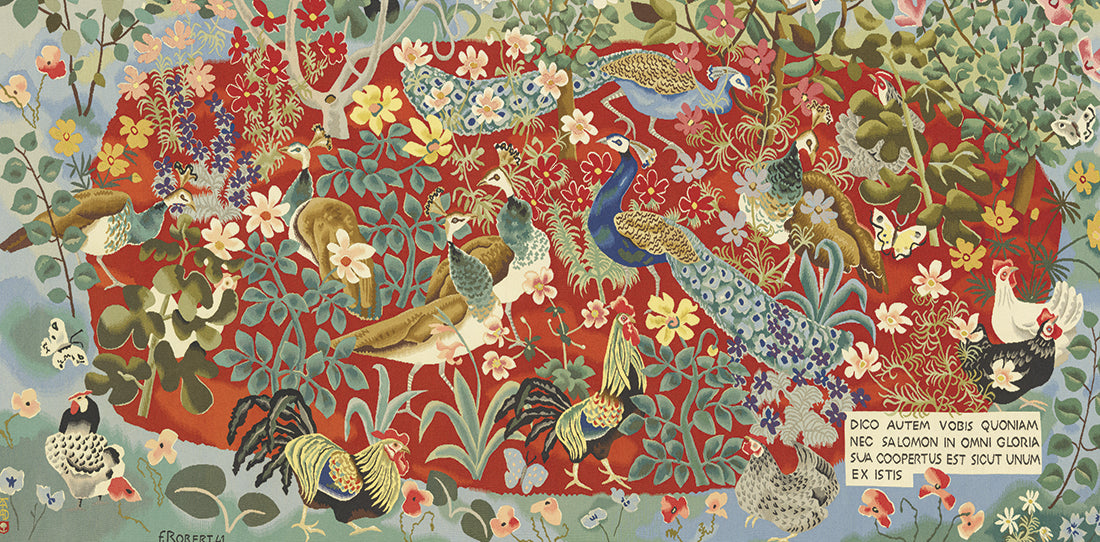
Join me Polly Leonard, the founder and editor of Selvedge magazine as I interview artists, designers, NGOs, co-operatives, collectors and just about anyone who wears clothes to find sustainable textiles that celebrate cultural identity, diversity and the heritage of humanity.
In this episode, we stop and smell the roses discovering on the way an enduring connection between fabric, flowers and philosophy. I will be talking to a textile researcher who has dedicated her career to preserving and recreating hand-painted chintz, an expert on South Asian textiles, an advocate for the traditional Swedish dress as well as the curator of the Dom Robert Tapestry Museum in the South of France.
Each year, as spring becomes summer, I love to walk in Queen Mary's Rose Gardens in London’s Regents Park watching the roses slowly burst into bloom. This year, I found particular solace in closely observing the flowers as the seasons turned. But then, to delight in nature and organise some small part of it has been seen through the ages as nourishing for the mind. The Koran says “Bread feeds the body, indeed, but flowers also feed the soul”, while Cicero said, ‘If you have a garden and a library, you have everything you need’. There is no denying we love flowers, and as lockdown eased, it was garden centres and nurseries that many of us braved first. For artists, and particularly textile designers, flowers have provided unlimited inspiration. Dr Sylvia Houghteling has written about this issue in Selvedge, where she traces the shared floral lineage of 17th-century chintz and crewel-work embroidery.
The 17th century was an era of exploration and discovery when live plants were brought to Europe to populate the new botanical gardens. As you can imagine there was a great deal of excitement and enthusiasm around all things floral. These seedlings bloomed into a shared style across Europe, Asia, and the Americas. The early Indian Palampores - a type of bedcover which was hugely expensive at the time - are proof of a conversation across continents that changed - and globalised - textile design.
Whether you tend your garden to feed your soul or as a secular pursuit. As Voltaire. Put it “The best thing one can do is to cultivate one's garden.”
